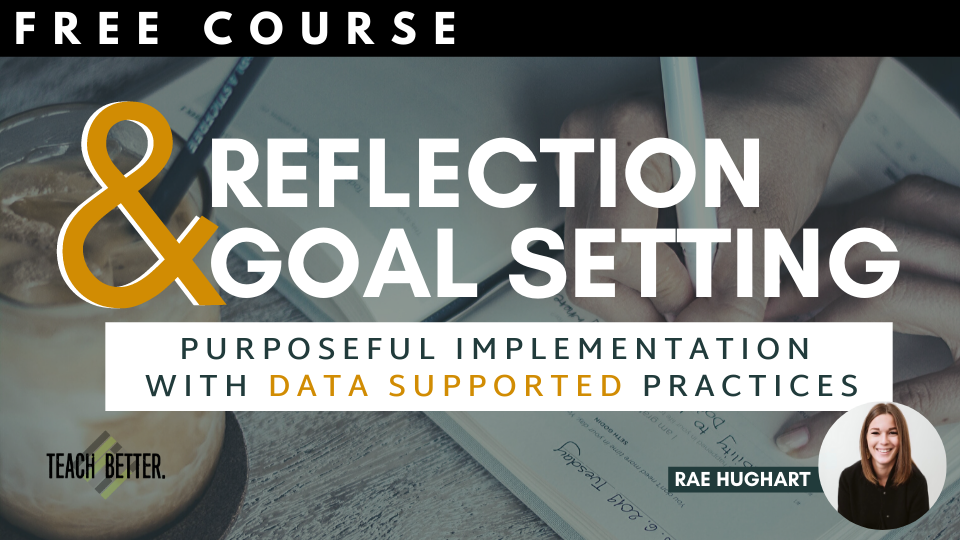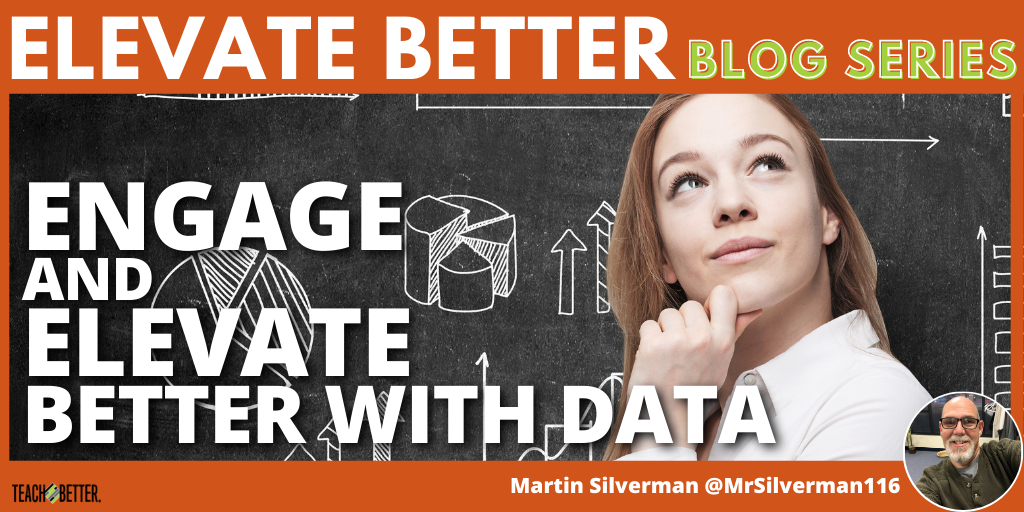TL;DR:
- Data drives many of our decisions in education. It comes from a variety of sources and is more than just numerical information from test scores.
- The use of data needs to be intentional and involve not only educators but students and families as well.
- Elevate data by using it to not only help you see progress but to help create programs and set goals that reflect the bigger picture.
Recently I watched a documentary about a tsunami. And I was struck by the fact that there was not a tall wave that crashed onto the shore, but more like a rising tide that came in relentlessly but did not recede. While certainly, the flood was catastrophic, it was decidedly less dramatic than the image I had in my head! I relate this story to the data that is starting to come into our schools these days in the first quarter of the school year. Most data sources are providing us with input on a rising tide rather than a tall wave scale.
What data do we already have?
We are just in the throes of finishing our beginning of year testing for students, and you might think this is the first “real” data that we have collected. However, we have been collecting data from countless sources since before the school year began. Here are some of the sources so far:
- End of year academic data from state and local testing
- Parent/family conference information
- Summer school and summer enrichment program attendance and output
- Parent requests for teachers for this school year
- Last school year attendance whether the child was remote or face-to-face
- Observation of student participation in class this school year
- Interest shown in extra-curricular activities (Are they signing up?)
- Disciplinary incidents
- Visits to the clinic (chronic illness, anxiety-related symptoms, Covid-19 symptoms)
- Special program qualification and participation
- Staff survey data from our state association of school boards
You get the idea. Data bombards us from all angles. But what do we do with this data to both engage and elevate the student experience?
I believe what was lacking was not the engagement with data, but the elevation of data usage. Click To TweetHow do we engage with data?
To engage with data, we must first know where to find it. Data is stored in so many places in a typical school district. And usually, it is fairly easy to collect numerical data such as test scores, grades, and attendance. Surveys and inventories are often used to gather data around thoughts, perceptions, and intentions. For example, my annual staff survey asks what grade a teacher might want to teach next year, or if they plan to resign/retire. Our student survey asks culture and climate questions so we can see patterns around student safety and feelings of connection to our school. The parents’ survey asks if our families feel welcome and if they know how to access communication streams in our school community.
Data Organization from the Past
A few years ago, I would have considered myself to have been a master at the collection and storage of data. I had these awesome binders filled with colorful charts and graphs. They were showing student performance data trends by comparing this year to years past, student individual growth over years, comparisons to the state averages, and to a group of schools like mine. We had an analysis of student responses to state test questions that showed the percentage of students in our school and in our state that chose each of the four multiple-choice selections. Those binders were beautiful things!
At one time we also had a “data room” with wall displays for each grade level and moveable cards with student names that could be manipulated to show each student’s level on a particular summative examination. Groups of teachers would meet in the room to plan for student interventions while considering all the color-coding on the cards. The intention was to move students up the wall to higher levels of achievement.
One of my colleagues, who had a similar data room, put little photos of the students on the cards. This helped teachers remember that they were planning for actual human children. Unfortunately, even with all of this collection and data-rooming, the needle did not move significantly enough to fundamentally change how our students were performing academically. Even the school with the kids’ pictures on the cards did not improve much. I believe what was lacking was not the engagement with data, but the elevation of data usage.
So how do we elevate the use of data? I have a few suggestions from my experience that have seemed to help.
Even better…how do we elevate our use of data?
For student academic data:
- A classic request from a district is to “look at the lowest-performing standards” on a test and front-load the teaching of these. For one of my experiences, I was asked to do this for a 3rd grade math state exam and found that the three lowest standards represented a total of 4 questions on the test. Hardly worth re-structuring the curriculum for that. Instead, look at all the low standards and go a step higher and look for commonalities in the expectations. For example, you’ll often find that students struggle with standards that ask them to evaluate between options. If you concentrate on teaching the verbs of the standards, you have a higher likelihood of students performing well on all related standards.
- Have students join you in setting goals for academic performance. Create a self-monitoring graph or chart for students to visualize their performance as compared to expectations. This often helps students to see progress toward the goal, instead of continually feeling like they are below expectations.

For parent perceptions:
- Go on the offensive by providing a multitude of communication streams that allow parents and families access to positive school experiences. Use social media to highlight academics, social, and extra-curricular activities, for example. This helps you highlight the school mission and vision, and helps families understand what your school is about. Remember, if you don’t tell your own story, someone else will.
- Really listen to concerns that parents bring to your school. Don’t make the mistake of thinking that concerns brought to you are only the concerns of one person. This is valuable data to collect! Open your mind to consider the effect of policies and procedures on those who are affected.
For student/staff perceptions:
- Take multiple opportunities to observe students and staff in various situations. Visit classes, walk the halls, check out the cafeteria and recess. Watch how people interact over time, and use this data to create situations where social/emotional needs are met.
- Connect student academic performance data to social/emotional observations. Lead staff and students to connections AND content. Combining the data collection allows you to refine and elevate the use of the data. An example would be to create experiences or activities that use student interests, but extend them into areas they may not know they would like yet.
In short, having a load of data helps you engage in knowing how things are progressing. But combining the data and creating targeted programs at a big-picture level allows you to elevate the use of all your information sources.
About Martin Silverman
Martin Silverman is a father, grandfather, husband, and long-time educator in beautiful San Antonio, Texas. He is committed to providing the best educational experience for the students and families at Salinas Elementary school where he is principal. Martin has worked in urban, suburban, and rural districts as a teacher and administrator. His interests are in creating and nurturing school culture, providing enriching experiences for students and families, and developing future teachers and administrators.
As a former bilingual teacher and administrator, Martin is committed to providing ELL students with quality programs to develop their unique skills. He hosts a podcast called The Second Question, which highlights educators and provides them a forum to discuss ideas, and to honor the teachers that have influenced their lives.




